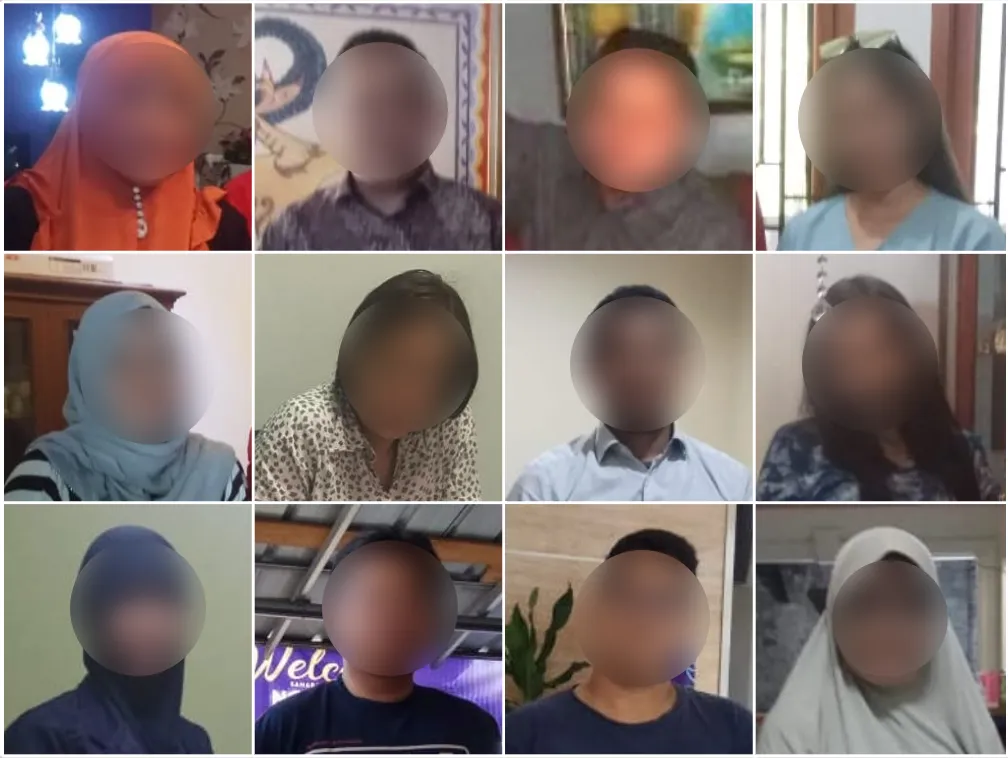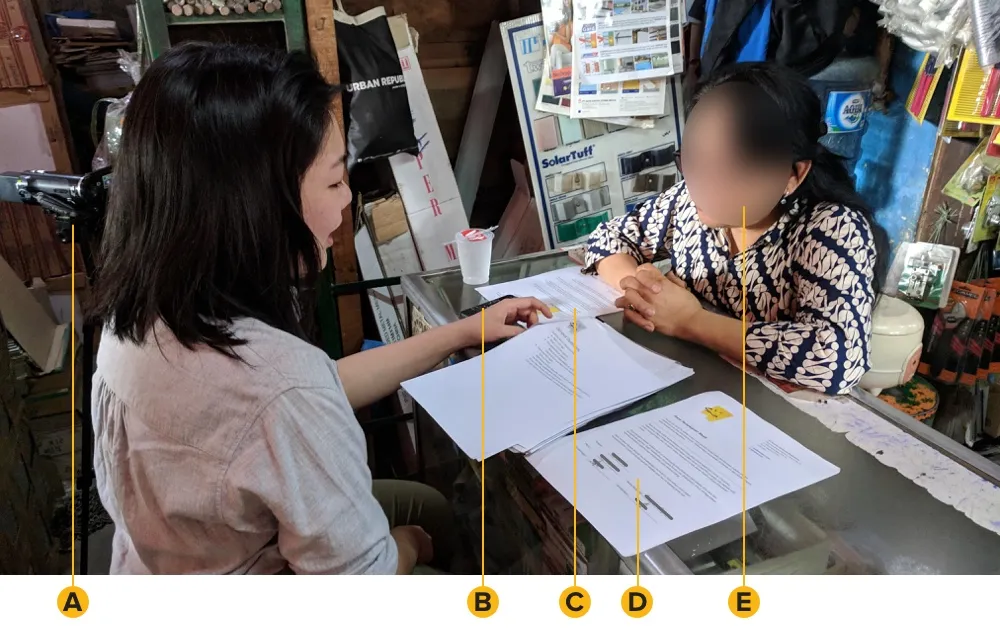What needs to be said about Non-Disclosure Agreement and Consent in Design Research
Yes, everyone knows it’s important but why is it important though?
More about your participants than you
Let’s make it clear: it’s not about your security, it’s your participant’s security.
If you think otherwise, then you’re looking at it wrong. Here are some reasons why:
- By the end of the day, what you shared to them might no longer be relevant. You might find a lot of new stuff from talking to them.
- You want them to feel comfortable and safe so they are willing to share more. Meaning: more insights for you.
- Your participant’s safety is your number one responsibility. They should not get any repercussion from having the session with you. If they are at risk due to exposure with you, no one should be advised to have a session with you.
“it’s not about your security, it’s your participant’s security”

What you should cover in your NDA
First and foremost, state that you will cover their privacy. What this means is that you will try your best to ensure to make it hard for people to trace back who the participants are. Even if it sounds like overdoing it, it’s necessary.
The next is to let them know that there are some mechanics that would allow you to record the session: such as writing, video, audio, or image. If they decide to not use any on some of them, respect their decision.
When covering the recording part, it is best when you also help them know where the recording tools are. Not only that this shows them that you respect their privacy, but it also helps them understand the context and should they ask for an off the record remarks, they can be certain that you’ve respected his request.
That’s it. Those are the two main things.
But what about yours or your client’s data privacy? Well, it’s optional. You’re the one who runs the session and actively collecting the data, so it’s your call. But by the end of the day, your first goal is to ensure your participant’s safety. A consent form is different from an NDA
A consent form is a form of willingness to participate in the study.
A consent form is used in the process of reaching an informed consent: to help research participants make an educated decision about whether they want to take part in your research, and when signed, show that they are willing to participate.
Here’s what usually is in a consent document:
- Participation is voluntary. They are not forced and they are doing this out of their willingness.
- Know and understand what is expected. They are informed and have a general understanding of what the session is going to talk about, for, and expected to do from them.
- That ideas and discussion points that emerged from the discussion would be owned by the researcher and shall not be used by the participants.
- It is acceptable to stop the session without consequences. That should you promise to give them a payment, it will not be reflected with the payment.
As you can see above, it does not mention keeping any information secret and definitely not about you keeping secrecy on their privacy.
Sure, you can have them in the same document, but you still need to make sure that both are there.
Always prepare two copies
I’ve seen multiple times that a lot of people only prepare one copy of NDA for them to keep, which is the wrong thing to do. If you wanted to keep one copy for yourself, you should bring two copies: one for the participant and one for you.
As we’ve established that it’s actually more about your participants than yourself, what’s important is actually for your participant to have the document copy. Keep in mind that should anything happened as the outcome of your session, you are actually the one to be held accountable—and when it happened, your participant should have a way to uphold that accountability.
If you think this all sounds scary, then probably you should rethink your approach or motive when doing research; as these are the basic ethics of doing research.

Conclusion (TLDR)
- NDA is more about protecting the participants than yourself.
- A consent form is not a replacement of NDA and vice versa; you need to ask both.
- Always have two copies, one for the participant and one for you.